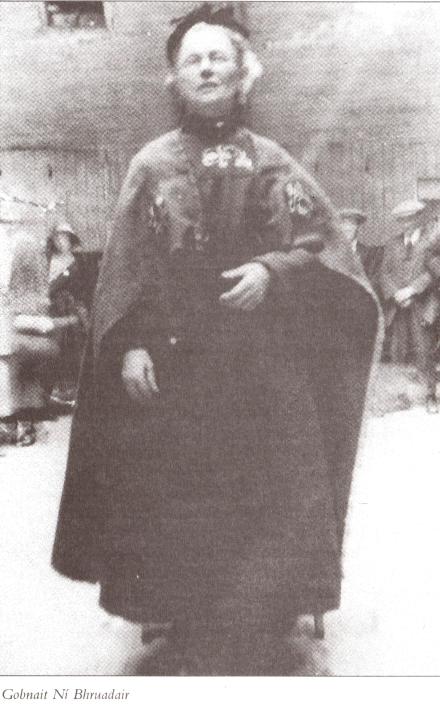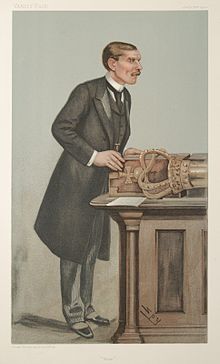
Albinia Brodrick (1861-1955) as Gobnait Ni Bhruadair, a woman who changed from being an aristocratic English Tory Unionist to an Irish revolutionary Republican.
Today’s lecture in Midleton Library on Albinia Brodrick: from English Aristocrat to Irish Revolutionary Republican (12.00 noon, Saturday, 16th Jan, 2016) was a resounding success on the 61st anniversary of Albinia’s death. Part of the 1916 Centenary Commemoration Programme promoted by Cork County Council, the lecture was attended by some 50 to 60 persons (according to the library staff).
We covered her family background and her family’s link to Midleton (her father and brother held the title Viscount Midleton) and her nursing career. We also looked at the transformation of this Englishwoman to a ‘native’ Irish Gaelgeoir.
I hope that everybody learned something new about Albinia Brodrick’s conversion from Tory Unionism to moderate Home Rule Irish nationalism and then, following the execution of the 1916 rebel leaders, to hard-line Irish Republicanism, a stance she held to the day she died on Sunday, 16th January 1955. This conversion to a more hard-line republicanism was typical of many in Ireland from May 1916 as news of the executions began to hit home.
I wish to thank, first, the library staff for preparing the venue, Conor Nelligan (Cork County Heritage Officer & 1916 Centenary County Co-ordinator), Mr Martin Preston (Midleton College) for operating the computer slide show whilst I addressed the audience from the screen, and everybody who attended the lecture.


